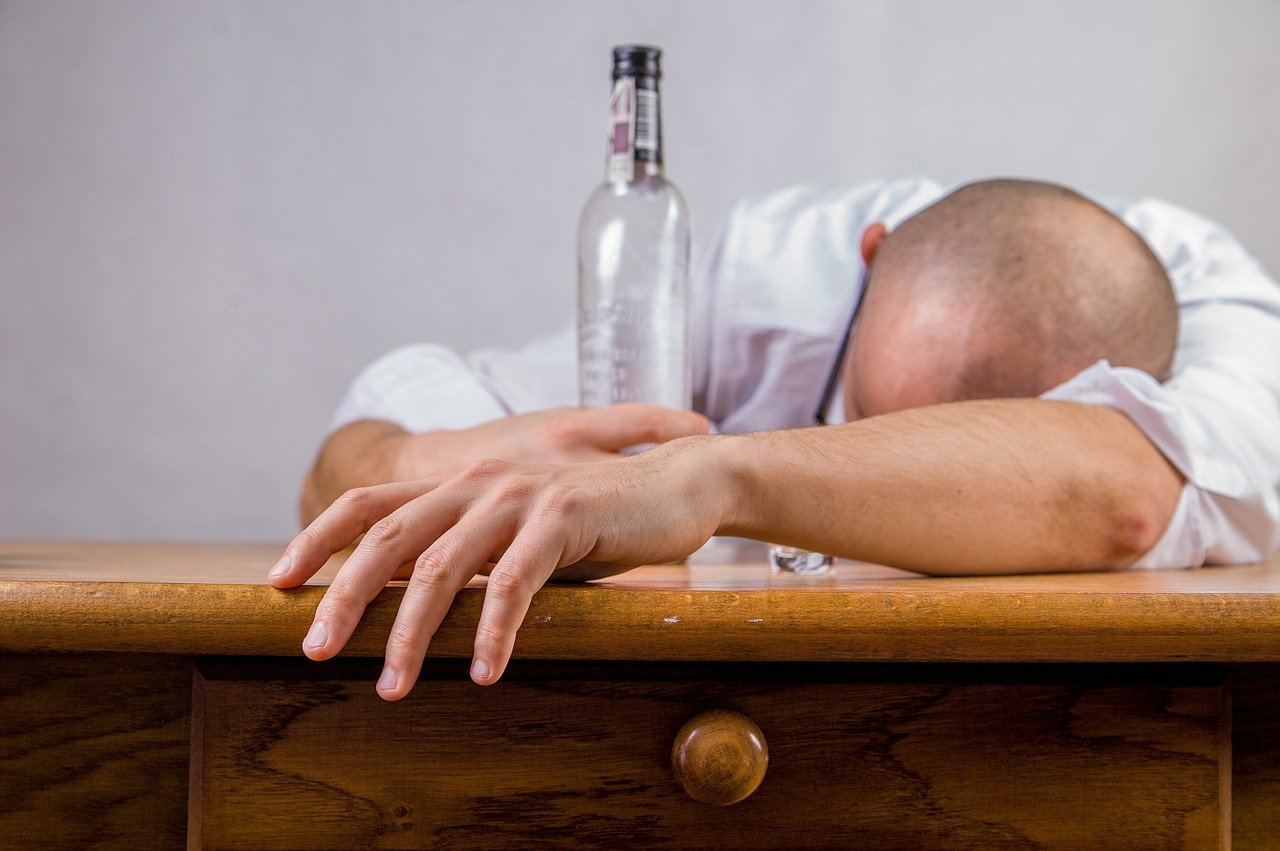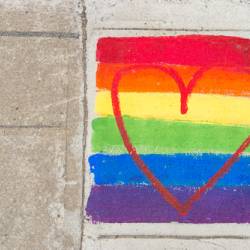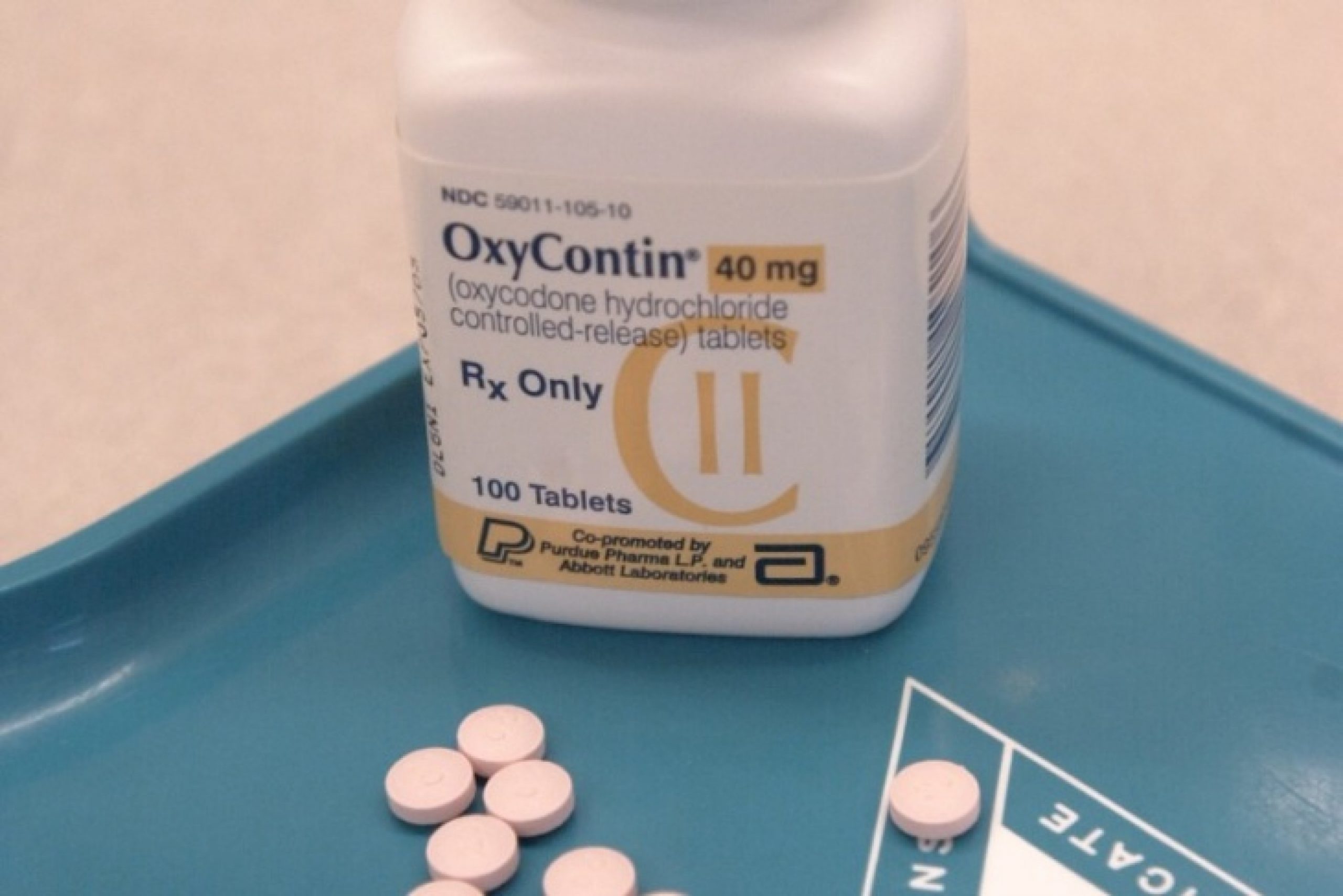Kam Burns moved to New York City four months after he quit drinking. He hoped to meet other LGBTQ people in the city, but couldn’t find a social event that didn’t involve alcohol.
“Even pickup sports in the park usually end at a bar,” Burns says. “Of course you can choose not to drink at those places, but it always ends up being a thing.”
Burns says he doesn’t like to have to explain why he’s sober to strangers.
“The reason is very complicated,” Burns says, “and it’s also not fun being the only sober person around people who are a couple drinks in, especially because I’m very anxious.”
Gay bars and clubs have traditionally been one of the only places where queer and trans people can meet, socialize, and hook up. However, for those LGBTQ people who don’t drink for a wide variety of reasons, there are very few sober LGBTQ spaces available.
Samantha Allen, author of the upcoming book Real Queer America: LGBT Stories from Red States, rarely drinks because of health issues, so she relies on queer cafes in order to meet fellow LGBTQ people. She says she used to frequent was a cafe in Bloomington, Indiana called Rachael’s that was owned and operated by a trans woman years ago. The business is now closed and Allen has had trouble finding a similar cafe since, as most of the LGBTQ-centric spaces she lives near are alcohol-based.
“Being LGBT and largely alcohol-free is definitely a pickle,” she says. “Socializing with my fellow queers often means accepting an environment where everyone is drinking.”
While both Burns and Allen have no trouble being around alcohol, LGBTQ people who are recovering from addiction have a harder time.
“I have to constantly check myself before I go out to make sure that I’m mentally prepared,” Brandon Wallace says. “Sometimes, I have to cut out after only being there a short time; other times, it doesn’t bother me at all. It really all depends on where I am that day. But, on those days that I don’t feel strong enough, I usually just have to go to a gay AA meeting to find that social aspect.”
Queer and queer-friendly AA and NA meetings provide the only safe space for many LGBTQ people in recovery. Gay & Sober has a list of recovery groups aimed specifically at LGBTQ people, and nearly every major US city has at least one. Unfortunately, many LGBTQ people that struggle with addiction are uneasy about seeking treatment. “Many people in this population are skilled at hiding their identities,” Dr. Matthew Polacheck of the Hazelden Betty Ford Center tells The Fix, “so they’re also skilled at hiding addiction, which can compound both issues.” It also doesn’t help that countless studies show that LGBTQ people are more likely to abuse drugs and alcohol than cis straight people.
According to a 2015 study from the Substance Abuse and Mental Health Services Administration (SAMHA), 15 percent of lesbian, gay, and bisexual adults reported struggling with drug and alcohol abuse, while only 7.8 percent reported the same. Likewise, the 2015 U.S. Transgender Survey reports 27 percent of trans people binge drink on a regular basis, compared to 25 percent of cis people. The Center for American Progress lists a number of reasons why the numbers are so high among LGBTQ people, but the main one is minority stress that comes from “adverse social conditions” including housing discrimination, job discrimination, health care discrimination, strained family relationships, bullying, and ongoing threats of violence.
Another reason why alcohol abuse is so high among LGBTQ people is because of the alarming amount of peer pressure in the commercial gay scene to drink, and the huge marketing push for alcohol use. In 2015, researchers from Glasgow Caledonian University (GCU) surveyed a number of LGBTQ people in Scotland about their alcohol use, and many commented on the strong marketing push for alcohol use in Glasgow gay bars. “They have guys maybe walking about with kind of trays,” Irene told the GCU researchers, “like half naked with shots. It’s like kind of sexualization in a sense .. going up to groups of people to try and sell their shots, but obviously, at the same time they’re just in their wee kinda panties, so to speak.”
Alcohol companies also tend to market specific drinks to LGBTQ people. Examples include Salamandra and Purple Hand beer, Chardonngay wine, and Absolut Rainbow vodka.
Fortunately, sober LGBTQ spaces do exist. One such example is the Castro Country Club in San Francisco, CA, the city’s only sober LGBTQ space. “It was started in 1983 in a response to the gay community not having a non-alcohol fueled, non-drug fueled space for people to hang out,” executive director Billy Lemon says. The Castro Country Club hosts daily meetings for those recovering from all forms of addiction — from drugs and alcohol to overeating, and provides training for recovering addicts to return back to the work field.
“We are a hub for people that want to get back on track,” Lemon says.
Another sober LGBTQ space is Framingham GLASS in Framingham, Massachusetts, a drop-in space for LGBTQ youth of color. Part of the Justice Resource Institute (JRI) Health, Framingham GLASS provides free HIV/STI screenings, condoms, lubes, toiletries, and “LGBTQ youth need a place to be respected, feel safe, and be in community,” JRI Health LGBTQ Program Manager Sarah Prager says. “The bar scene can’t provide that for them, and there are limited LGBTQ bars or club nights in Massachusetts as it is. LGBTQ youth drop-in spaces are critical for developing a healthy sense of identity and community, both of which increase healthier outcomes.”
There are also things LGBTQ spaces can do to be more inclusive to people who don’t drink. For example, Burns says that LGBTQ spaces can offer soft drinks and activities that don’t involve alcohol. “I’ve been to barcades and places that have things to do in the bar other than drink,” he says, “and it helps me feel a lot more at ease in the space.”
Allen echoes Burns’ suggestions. “I think the burden falls on bars to make non-drinkers feel more comfortable,” she says. Allen suggests that bars can offer more mocktails for those that don’t drink alcohol, and make patrons feel okay about ordering either soft drinks or water.
“Of course,” she adds, “I know a lot of people who are sober and in recovery often can’t be in a bar environment, so those tips are not a universal salve for our challenges, but they would really help people in my position.”
Wallace says that while he understands drinking is part of LGBTQ culture, sober queer and trans spaces are important as well. “I do wonder, though,” he says, “if sociologically we are evolving out of needing LGBTQ-only spaces and moving more toward LGBTQ safe spaces alongside non-LGBTQ people. This means that as we sober up, we can begin to branch out into social spaces that revolve around our interests instead of around alcohol and cutting loose.”


